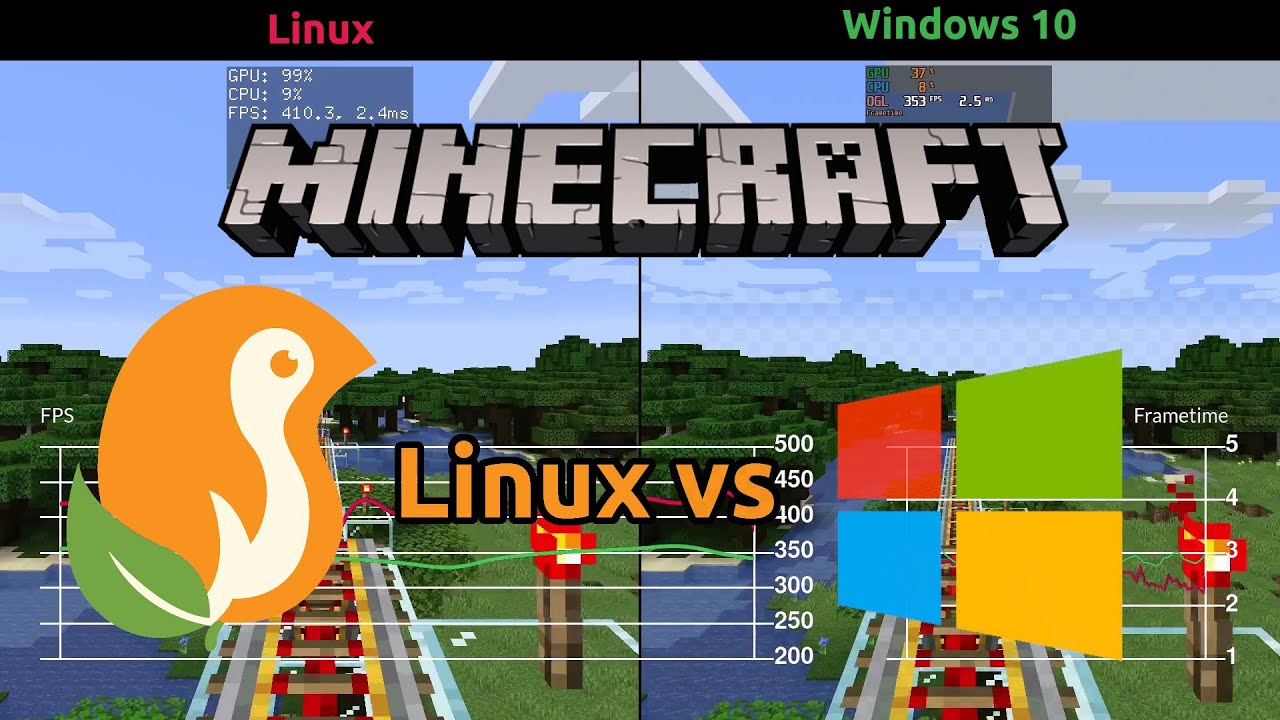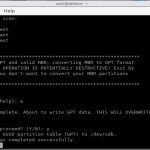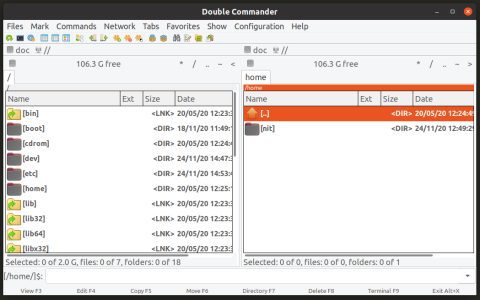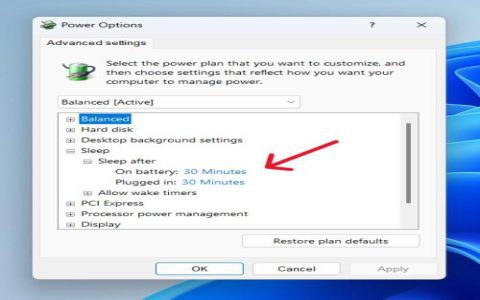Linux users consistently report superior Minecraft performance compared to other operating systems. This stems from Linux's lightweight architecture, reduced background overhead, and granular control over system resources. The open-source ecosystem also fosters highly optimized tools tailored explicitly for the game.
Key Performance Advantages on Linux
Resource Efficiency: Minimal background processes free RAM and CPU cycles for Java and the game itself. Linux's scheduler prioritizes active applications like Minecraft.
Optimized Java Runtimes: Alternatives like OpenJDK with Shenandoah GC or Azul Zulu often outperform standard JVEs, especially for garbage collection during gameplay.

Native Graphics Drivers: AMD and Intel open-source Vulkan drivers offer near-native performance. Proprietary NVIDIA drivers with Vulkan support deliver exceptional frame pacing.
Essential Performance Tweaks
- JVM Flags: Use optimized arguments like
-Xmx4G -Xms4G -XX:+UseG1GC -XX:+UnlockExperimentalVMOptions -XX:MaxGCPauseMillis=100 -XX:+UseStringDeduplication. Adjust-Xmxbased on available RAM. - Modded Optimizations: Install performance mods such as Sodium (rendering), Lithium (game logic), and Starlight (lighting engine). FerriteCore reduces RAM usage.
- Gamemode: Enable the
gamemodedaemon to prioritize Minecraft's CPU and I/O scheduling, reducing stutter during world generation. - Filesystem Considerations: Mount
~/.minecrafton an SSD or XFS/Btrfs partition. Disable unnecessary file access time updates withnoatime. - Compositor Control: Disable desktop compositing effects (e.g., KWin effects) while playing to minimize GPU overhead.
- Kernel Parameters: Tune
*=10andtransparent_hugepage=madviseto optimize memory handling for Java workloads.
Advanced Tuning
FPS Stabilization: Use Mangohud with Vulkan for frame pacing analytics and vsync management. Cap FPS slightly below refresh rate using in-game or driver settings.
Headless Servers: For self-hosted servers, run PaperMC in a screen session with -XX:+UseZGC flags and Aikar's recommended memory settings.
Kernel Selection: Low-latency kernels (e.g., Liquorix, XanMod) may reduce input lag through improved scheduler responsiveness.












